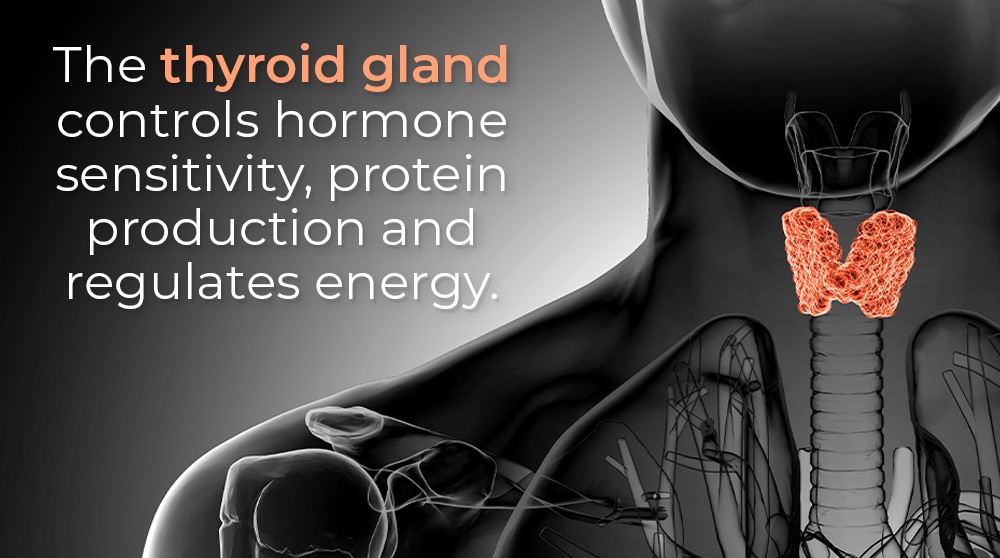Navigating the world of VA disability benefits can often be overwhelming for veterans.
One key aspect to understand is the concept of Permanent and Total (P&T) disability.
This post will help demystify P&T disability and delve into the specifics of what it means to have a 100% Permanent and Total Total Disability Individual Unemployability (TDIU) rating.
What is a VA Disability Rating?
The VA, or Department of Veterans Affairs, uses disability ratings to quantify the severity of a veteran’s service-connected condition.
These ratings are expressed as percentages and play a crucial role in determining:
- The level of monthly compensation.
- Eligibility for additional benefits, like health care.
Understanding these ratings is fundamental for veterans seeking to access the benefits they are entitled to.
Total Disability for VA Ratings
When we talk about total disability in the context of VA ratings, we are referring to:
- A condition that warrants a 100% disability rating.
- The recognition that a veteran’s ability to work is severely impacted.
However, it’s important to note that a total disability rating doesn’t always imply permanence.
Veterans can achieve 100% through multiple disabilities combined.
What is “Permanent Disability?”
Permanent disability ratings are assigned when conditions are deemed unlikely to improve.
Key characteristics include:
- No expected change or improvement over time.
- No routine reevaluations by the VA.
This status provides a sense of security for veterans, as their benefits and compensation remain stable.
What is Permanent and Total (P&T) Disability?
A veteran’s disability is classified as Permanent and Total (P&T) when:
- The condition is both rated at 100% and considered permanent.
- There is an assurance of no future reevaluations, offering stability in benefits.
P&T status is vital as it guarantees uninterrupted support for the veteran.
Criteria for P&T Disability Rating
For a condition to be considered for a P&T rating, it typically falls into categories such as:
- Long-term, fully incapacitating diseases.
- Injuries unlikely to improve.
- Permanent loss or loss of use of critical body parts like hands, feet, or eyes.
Medical evaluations and evidence play a key role in securing a P&T rating.
The Process of Obtaining a P&T Rating
Gaining a P&T rating involves several steps:
- Filing a disability claim with the VA.
- Completing necessary paperwork and providing medical evidence.
- If needed, submitting a request for a permanent rating to the VA Regional Office.
While the process can be complex, it’s a crucial step in ensuring veterans receive the full benefits they deserve.
The journey to understanding and obtaining Permanent and Total disability ratings can be intricate.
Veterans should be aware of their rights and the benefits available to them.
Seeking professional guidance can make a significant difference in successfully navigating this process.
Think You Qualify for P&T and were denied? Remember, Your Time is as Important as Your Claim
Your moments are precious, don’t waste them on legal complexities of trying to fight an appeal.
Get your free case evaluation with us today.




